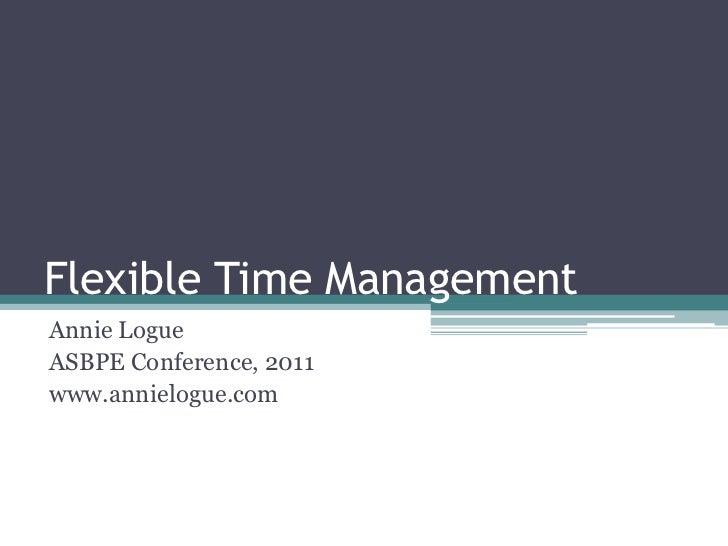

Job sharing: an arrangement where two part-time employees split the workload, benefits, and working hours of one full-time employee.Part-time: working less than full-time hours, typically 20-29 hours a week.These are some of the most common types of flexible working: On the other hand, types of employees that can (and often do) work flex time are: freelancers, part-time workers, remote workers, healthcare workers, consultants, and creatives like writers and graphic designers. However, flexible working might be harder for client or customer-focused employees, due to the nature of their job. it’s just important that you’re at work 12–4 p.m.Ī flex time policy is at the discretion of each business. to 4 p.m., you can start working anywhere from 8 a.m. It creates a good balance between collaborative work and focused solo work.įor example, if the core period is from 12 p.m. However, there is often a “core period” when all employees must be on the job. to 5 p.m., whereas a flexible schedule can start (and end) at any time. Employees on traditional schedules typically work from 9 a.m. It allows employees to vary their arrival and/or departure times.” Starting and ending hours are flexible, while the number of working hours per day/week is fixed. Include flex time policy in the employee handbookĪccording to the Department of Labor, flex time (also spelled as flextime or flex-time) is a type of work schedule that is “ an alternative to the traditional 9 to 5, 40-hour workweek.Advice for successfully adopting flexible working.Advantages and disadvantages of flex time.


 0 kommentar(er)
0 kommentar(er)
